We’ve selected 30 outstanding young musicians for Classic FM’s Rising Stars 2022 – from cellists to clarinettists, and composers to conductors, from across the globe.
In the year that Classic FM celebrates its 30th birthday, we’ve compiled a list of 30 brilliant young musicians all under the age of 30.
The list has been compiled in collaboration with Julian Lloyd Webber, who hosted the radio series Rising Stars on Classic FM in 2021. Speaking to Classic FM, Lloyd Webber said: “It’s been incredibly exciting to work together with Classic FM on our second annual list of ‘30 under 30’ Rising Stars. These musicians are quite extraordinary and I can’t wait to share their brilliant talents with Classic FM’s listeners!”
Beginning on Monday 11 July, a recording by a different Rising Star will be played during each programme on Classic FM, beginning with Tim Lihoreau’s More Music Breakfast, and ending the following morning in Lucy Coward’s Early Breakfast show.
Read on to find out more about this year’s list of outstanding young musicians.
Bruce Liu, 25 – Canadian Pianist
25-year-old pianist Bruce Liu shot to fame in 2021 after winning the 18th International Chopin Piano Competition in Warsaw. Born in Paris and growing up in Montreal, Liu made his performing debut at the age of 11 and has gone on to sign an exclusive contract with Deutsche Grammophon, releasing a debut album in November 2021.
Klaus Mäkelä, 26 – Finnish conductor
At just 26 years of age, Klaus Mäkelä is chief conductor of the Oslo Philharmonic Orchestra, music director of the Orchestre de Paris, and artistic director of the Turku Music Festival in Finland. It was also recently announced that Mäkelä will take up a position with the Netherlands’ Concertgebouw Orchestra from next season, taking the helm as chief conductor from 2027. He is a Decca Classics artist, and in March 2022 released the complete cycle of symphonies in an all-Finnish affair alongside the Oslo Philharmonic.
Klaus Mäkelä. Picture: Mathias Benguigui / Pasco & Co Leia Zhu, 15 – British violinist
Leia Zhu made her performance debut aged four, and has since gone on to perform with renowned musicians and orchestras the world over. From the London Symphony Orchestra with Simon Rattle to the Lucerne Festival in Switzerland, Zhu was last year appointed artist in residence with the London Mozart Players.
This is a modal window.
An unanticipated problem was encountered, check back soon and try again
Error Code: MEDIA_ERR_UNKNOWNSession ID: 2022-07-15:f85f921fc1f58dd731f41a10 Player Element ID: bc_player_6277817736001Plínio Fernandes, 27 – Brazilian guitarist
In May 2022, record label Decca Gold announced the signing of Brazilian guitarist Plínio Fernandes. He released a new album Saudade on 8 July, championing work by Brazilian composers including Heitor Villa-Lobos, and featuring collaborations with both Sheku and Braimah Kanneh-Mason.
Plínio Fernandes, guitarist. Picture: Rebecca Naen Masabane Cecilia Rangwanasha, 28 – South African soprano
Growing up in the Limpopo province of South Africa, Masabane Cecilia is currently based in Europe and South Africa. She has graced the stage of the Royal Opera House in Covent Garden under the baton of Antonio Pappano, where she was also part of the Jette Parker Young Artists Programme in the 2019/20 season. More recently, she has performed in Bern, Moscow, Stellenbosch, and at in April 2022.
Masabane Cecilia Rangwanasha performs with the Royal Philharmonic Orchestra at Classic FM Live. Picture: Alamy Isabelle Peters, 29 – British soprano
For the 2021/22 season, Isabelle Peters was appointed Associate Artist at the Welsh National Opera, performing in Don Giovanni, The Barber of Seville and more. She has previously appeared with the Waterperry, English National, and Garsington opera companies, and will make her debut at the Royal Opera House’s Linbury theatre in 2023.
Alexandra Whittingham, 25 – British guitarist
Alumna of the Royal Academy of Music, Alexandra Whittingham’s debut album My European Journey was released in May 2021 and reached the top spot on two of the industry’s leading classical music charts. Whittingham has also reached the finals of various European guitar competitions, taking home first prize from the Edinburgh Guitar Competition in 2013.
Jeneba Kanneh-Mason, 19 – British pianist
Jeneba Kanneh-Mason is an award-winning young pianist, currently studying at the Royal College of Music in London. She has performed across Europe and the Caribbean as well as frequent solo appearances with .
Theo Plath, 28 – German bassoonist
Theo Plath was appointed principal bassoon of the Frankfurt Radio Symphony Orchestra in 2019, and has also appeared as guest principal bassoon with the Deutsche Kammerphilharmonie Bremen and the WDR Sinfonieorchester. Plath released a CD as soloist with the German Radio Philharmonic Orchestra in 2020, with another album with fellow members of the Monet Wind Quintet due to be released soon.
Theo Plath, bassoonist. Picture: Marco Borggreve Stephen Waarts, 26 – Dutch-American violinist
Stephen Waarts’ performance credentials include the Munich Symphony, Brandenburg Symphony, and Camerata Schweiz orchestras, under the esteemed batons of such conductors as András Schiff, Christoph Eschenbach, and Elim Chan. 2022 saw his debut concerto recording with Camerata Schweiz and Howard Griffiths, with a performance of ’s first violin concerto.
Coco Tomita, 20 – Japanese violinist
Coco Tomita burst onto the classical music scene in 2020, having already won first place at competitions in Vienna, Berlin, Eastbourne and Baden-Baden. She made her performance debut aged 10 at Cadogan Hall and has performed in countries across Europe as well as a tour of her home country, Japan.
Alexandre Kantorow, 25 – French pianist
In 2019, at the age of 22, Alexandre Kantorow made history as the first French pianist to win both the gold medal and the grand prize at the prestigious Tchaikovsky Competition. Now, with an international performing career on some of the world’s greatest stages, Kantorow has recorded multiple award-winning albums with BIS Records in an exclusive deal.
Martin James Bartlett, 25 – British pianist
Alumnus of the Purcell School and the Royal College of Music, Martin James Bartlett has performed with many of the UK’s leading orchestras as well as further afield, with the NDR Radiophilharmonie Hannover and Tokyo Symphony Orchestra. In 2017, while still studying for his undergraduate degree, Bartlett reached the quarter finals of the distinguished Van Cliburn competition in Texas.
Laura van der Heijden, 25 – British cellist
With an award-winning debut album 1948 released in 2018, Laura van der Heijden has performed with leading orchestras across various continents, from the Yomiuri Nippon Symphony Orchestra to the New Zealand Symphony. In late 2021, it was announced that van der Heijden had signed to Chandos Records, with her first album on the label, Pohádka, following in February 2022.
Jordan Bak, 27 – Jamaican-American violist
With a master’s degree from The Juilliard School in New York, Jordan Bak is only the third violist to earn the Artist Diploma from the prestigious music school. In the last season, Bak has made recital debuts at London’s Wigmore Hall, New York’s Merkin Concert Hall, and Baltimore’s Shriver Hall Concert Series, having previously performed at the Verbier Festival and the Helsinki Musiikkitalo.
Jordan Bak, violist. Picture: Dario Acosta Chelsea Guo, 21 – American pianist and soprano
Chelsea Guo made her piano debut with the Tianjin Symphony Orchestra at the age of nine, going on to become a Young Scholar at the Lang Lang Foundation and a recipient of the Chopin Foundation scholarship. She studies both voice and piano at Juilliard, and has performed recitals at Carnegie Hall, Wigmore Hall, as well as appearing in venues across North America, Europe and Asia. Her debut album was released in 2021, where Guo champions ’s solo piano works and accompanies herself in songs by Chopin and Rossini.
Charlotte Saluste-Bridoux, 26 – French violinist
Born in France, Charlotte Saluste-Bridoux recently completed a master’s degree at the Royal College of Music, where she studied with Alina Ibragimova. She has recently appeared at Wigmore Hall and at the Gstaad Festival in the Swiss Alps where she performed in a quintet with star performers Alina Ibragimova, Lawrence Power, Sol Gabetta and Bertrand Chamayou. In May this year, Saluste-Bridoux released her debut album Ostinata.
Helen Charlston, 29 – British mezzo soprano
In 201, Helen Charlston won first prize at the Handel Singing Competition, following up her success by winning the Ferrier Loveday Song Prize in the 2021 Kathleen Ferrier Awards. Charlston has recently debuted with the Royal Liverpool Philharmonic Orchestra and Royal Northern Sinfonia, as well as a global tour of Handel’s Messiah with the Seattle Symphony. During 2020, Charlston presented The Isolation Songbook in collaboration with Michael Craddock and Alexander Soares.
Armand Djikoloum, 24 – French oboist
A prize winner at the 2021 Young Classical Artists Trust International Auditions, Armand Djikoloum is currently studying at the Hochschule for Music in Saar for a master’s degree. Djikoloum was appointed principal oboist of the Hannover State Opera aged just 22, and now regularly appears as guest principal with leading orchestras in Dresden, Frankfurt and Oslo. His UK appearances include Wigmore Hall and Cheltenham Music Festival, as well as with Chineke! Orchestra at the reopening of Queen Elizabeth Hall at the Southbank Centre.
Armand Djikoloum, oboist. Picture: Kaupo Kikkas Giuseppe Gibboni, 21 – Italian violinist
Born to a family of musicians, Giuseppe Gibboni learned to play violin from his father, before attending music college in Salerno. He was admitted to the Stauffer Academy aged 14, and released his debut CD on Warner Classics the following year. In October 2021, Gibboni won first prize at the Violin Competition, also taking home the prizes for audience choice and best interpretations.
Ben Goldscheider, 24 – British horn player
Born in London, Ben Goldscheider studied at the Barenboim-Said Academy in Berlin, graduating in 2020. His performing career began several years earlier, with performances alongside the Mozarteum, Aurora, Royal Philharmonic and English Chamber orchestras, as well as the Britten Sinfonia, Manchester Camerata and Berlin Symphony Orchestra. Goldscheider has worked with Nicholas Collon, Mark Wigglesworth, and Sir Mark Elder as well as collaborations with Daniel Barenboim, Martha Argerich, Sunwook Kim and more.
Anastasia Kobekina, 27 – Russian cellist
Aged 12, Anastasia Kobekina was accepted into the Moscow Conservatory, before studying in Berlin from 2016 and later Paris. Currently studying in Frankfurt, Kobekina won third prize at the International Tchaikovsky Competition in 2019 and recently performed with the Royal Liverpool Philharmonic Orchestra with as well as making her recital debuts at the Verbier and Gstaad Menuhin festivals.
Jonathan Leibovitz, 25 – Israeli clarinettist
Jonathan Leibovitz made his debut with the Israel Philharmonic Orchestra aged 18, joining the orchestra as a member in 2019/20. He has also appeared as a guest with the Jerusalem Symphony and Israel Chamber orchestras, having won awards at at the Aviv, Israeli Wind and Carl Nielsen competitions. Leibovitz has appeared as a soloist with various orchestras and given recitals across Israel and Europe, and is founder of the Avir Wind Quintet.
Gabriel Martins, 24 – Brazilian-American cellist
Medal winner at various prestigious competitions including the David Popper Cello Competition and the International Tchaikovsky Competition, Gabriel Martins has performed internationally at Wigmore and Carnegie halls, and with various US orchestras. Martins is alumnus of the Thornton School of Music and New England Conservatory.
Iyad Sughayer, 28 – Jordanian-Palestinian pianist
Alumnus of the Royal Northern College of Music and Trinity Laban Conservatoire, Iyad Sughayer released his debut album Khachaturian Piano Works in November 2019, followed by a further recording of Khachaturian’s Piano Concerto and Masquerade in 2021/22. Sughayer has appeared as a soloist with leading orchestras internationally, with recitals at Dubai Opera House, Steinway Hall in New York, and other venues across the UK, Europe and the US.
Yue Yu, 24 – Chinese violist
Yue Yu began learning to play the at 12, having started violin lessons from six, and moved to the UK in 2015 to study at the . Currently continuing her studies in Austria, Yu recorded her debut solo album with Naxos in September 2019, due for release later this year. Yu performs internationally at venues across the UK as well as in Austria, Italy, Spain, the Netherlands, and China.
Yue Yu. Picture: Yue Yu Yoav Levanon, 18 – Israeli-French pianist
Beginning piano lessons at the age of three, Yoav Levanon made his performance debut aged four and made history in 2019 as the youngest pianist to perform at the Verbier Festival, attracting the largest online audience of the festival that year. In 2021, Levanon filmed a project with renowned pianist and conductor , and signed with Warner Classics in an exclusive contract.
Segun Akinola, 29 – British composer
Segun Akinola began playing piano and drums at the age of five, going on to study composition at the Royal Birmingham Conservatoire. A musical storyteller, his composer credits for the screen include Black and British, a documentary on 9/11, and most notably Doctor Who.
Yunchan Lim, 18 – South Korean pianist
Yunchan Lim found widespread renown in June 2022 when he became the youngest ever winner of the Van Cliburn International Piano Competition. Prior to his success in Texas, Lim had won prizes at the Cleveland International, Cooper International and Korea’s IsangYun International competitions, performing with various orchestras in South Korea.
This is a modal window.
An unanticipated problem was encountered, check back soon and try again
Error Code: MEDIA_ERR_UNKNOWNSession ID: 2022-07-15:3ff0019fa8210b4b41675dad Player Element ID: bc_player_6308216137112Dmytro Choni, 28 – Ukrainian pianist
In 2018, Ukrainian pianist Dmytro Choni won both first prize and gold medal at the Paloma O’Shea Santander International Piano Competition in Spain, and earned laureate at the Leeds in 2021, as well as Busoni and Vladimir Horowitz in 2017. Choni’s debut album was released in 2020 on the Naxos label, and he regularly performs as soloist with orchestras such as the Royal Liverpool Philharmonic, Phoenix Symphony, and Ukraine National Symphony, among others.
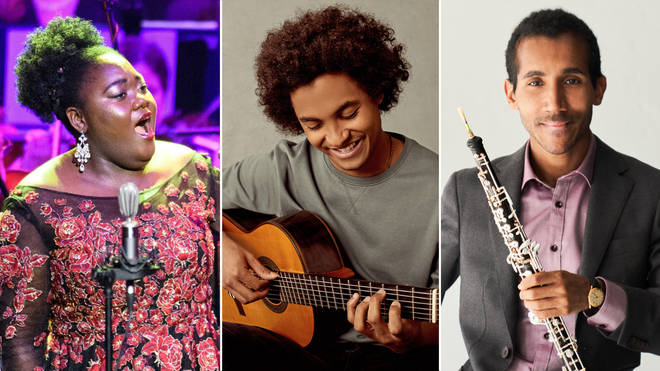
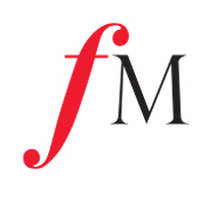


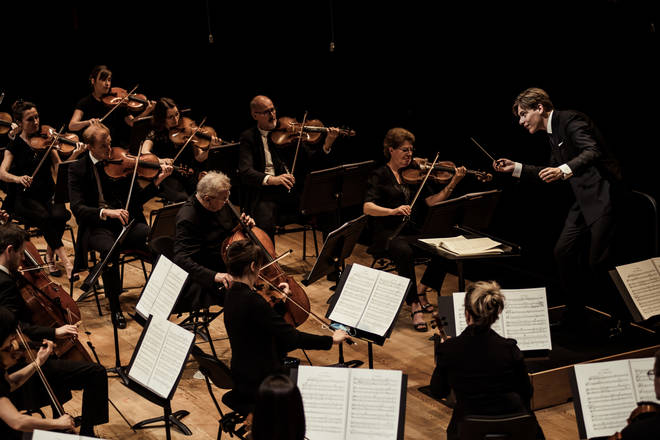
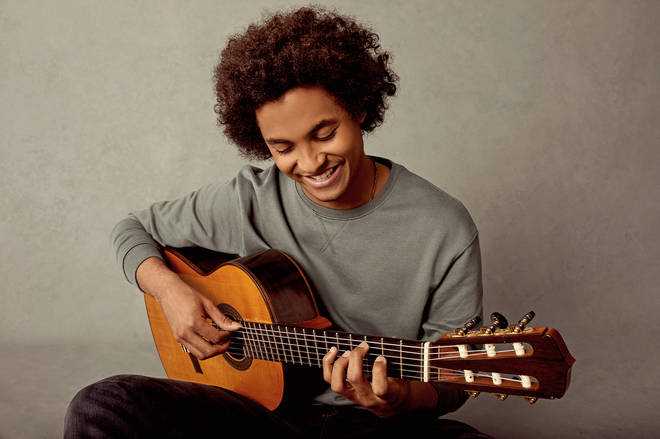
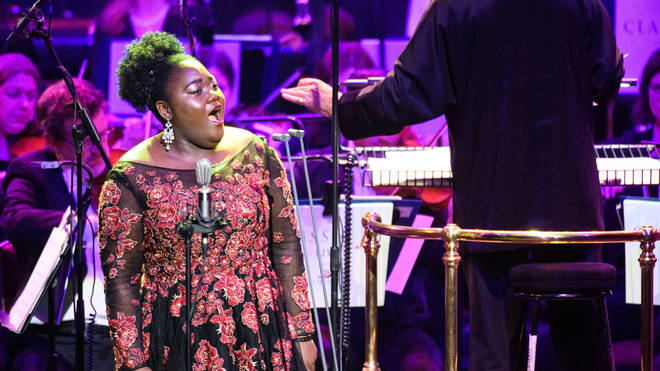

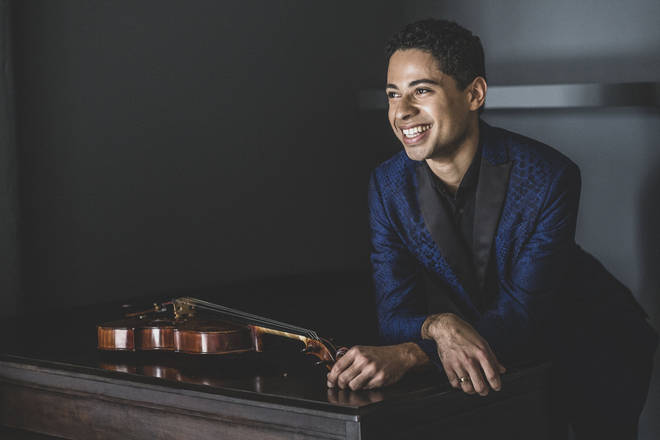
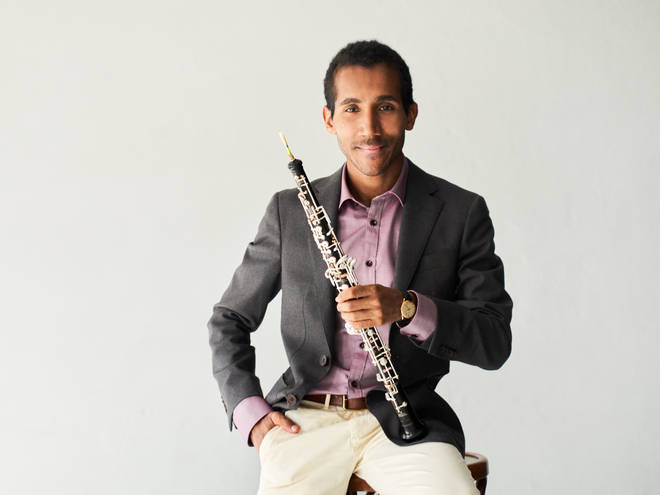
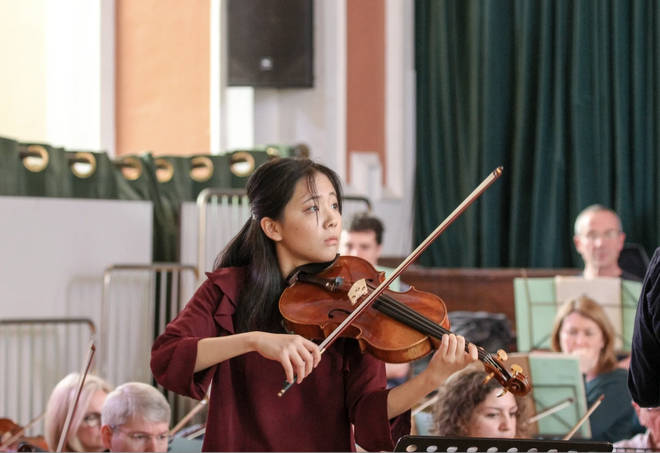
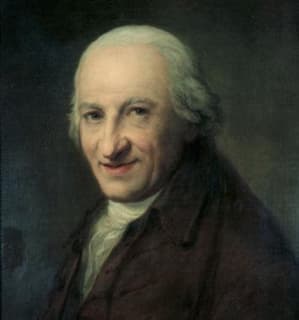
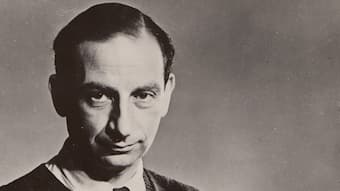




 New from Britannica
New from Britannica